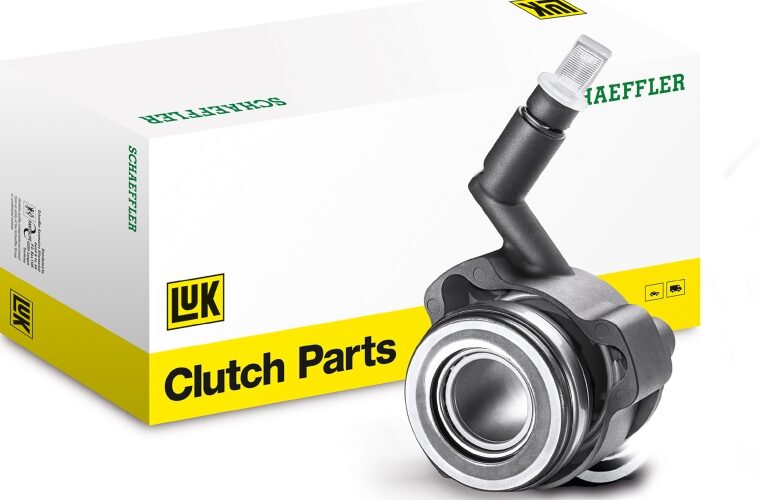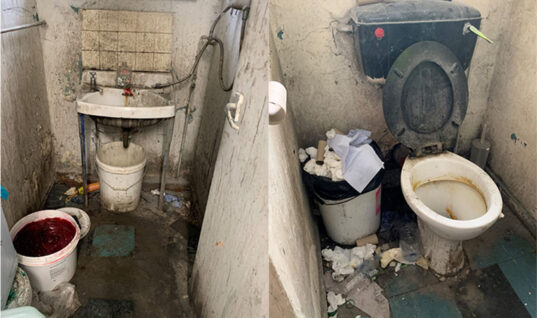One of the main targets for the modern independent workshop is achieving a ‘first time fix’, as this leads to customer loyalty and an enhanced business reputation.
They are working hard to do the job once and do the job right, and this has always been Schaeffler’s philosophy too.
When Schaeffler supplies a part, it comes with absolutely everything that is required for a professional repair in just one box – a truly complete repair solution.
An example of this is the LuK RepSet Pro clutch kit, which not only contains the clutch assembly, but also a perfectly matched hydraulic concentric slave cylinder (CSC).
A CSC is essentially four clutch components in one: a slave cylinder, pivot/actuation lever, release bearing and guide tube – in a compact, lightweight unit that is more efficient to produce and install.
This cost and weight saving is the main reason vehicle manufacturers (VMs) favour incorporating a CSC into the transmission design, instead of an external slave cylinder mechanism.
As the specialists, engineers from both the VMs and Schaeffler know what ‘best practice’ is and would always replace the CSC when replacing the clutch for the following reasons:
• The guide tube for the seal and bearing can become contaminated, worn or even corroded in extreme conditions, which will damage the rubber seal when the gearbox is removed, with the seal/bearing assembly travelling over this area to reach the relaxed position.
• It is commonly accepted that the release bearing assembly should always be replaced when replacing the clutch, and as this is an integral part of a CSC, the CSC must be replaced.
• The rubber seal could become contaminated with old hydraulic brake/clutch fluid, so the system always needs to be flushed and replenished with new fluid to the correct VM specifications and instructions.
• There are some intricately-designed elements which can be built into a CSC, such as self-centring bearings, peak torque limiters and anti-vibration units – which all enhance clutch operation and need to be in good order to function correctly.
• CSCs are regularly modified to improve their performance, so by renewing the unit the vehicle owner can be sure they have the latest and best performing design installed.
If failure of the CSC occurred after a recent repair, not only would clutch operation fail, but the leaking fluid would contaminate the newly fitted clutch and lead to an expensive rectification bill for the workshop.
This would involve having to remove the gearbox again to replace it, probably at the workshop’s expense and probably resulting in a very disgruntled customer.
A growing problem in the aftermarket is the influx of many cheap, copied parts, usually manufactured from inferior quality materials and not in any way tested to conform to the same VM quality standards as a genuine LuK product.
To ensure that technicians don’t get stung by sub-standard parts, Schaeffler supplies exactly the same components to the aftermarket as it does to the world’s leading VMs – many of whom operate a ‘zero defects’ policy.
Finally, if specific information is needed to ensure a correct installation, it is always communicated via a technical bulletin, which, along with additional service and repair related information, is accessible by simply scanning the Schaeffler OneCode on the box or by visiting the REPXPERT workshop portal at www.repxpert.co.uk.
Information on Schaeffler products, fitting instructions, labour times and much more can be found on the REPXPERT workshop portal, the REPXPERT app, or by calling the Schaeffler REPXPERT hotline on (+44) 1432 264264.







